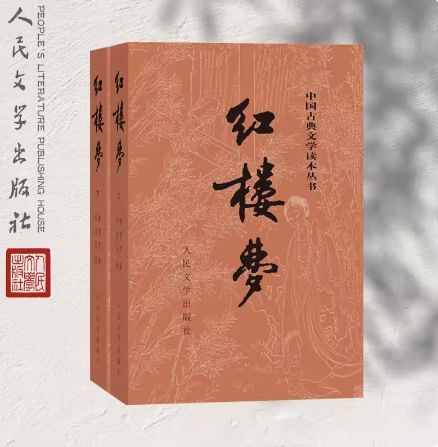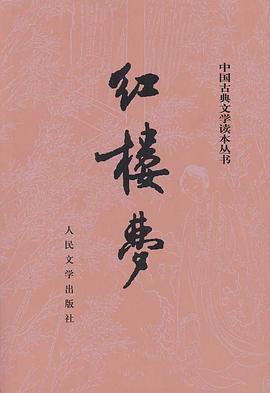WULOLIFE
《红楼梦》作者: [清]曹雪芹著 / 高鹗出版社: 人民文学出版社
《红楼梦》作者: [清]曹雪芹著 / 高鹗出版社: 人民文学出版社
Couldn't load pickup availability
Description
内容简介· · · · · ·
《红楼梦》是一部百科全书式的长篇小说。以宝黛爱情悲剧为主线,以世纪中国封建社会的方方面面,Chinese: 、细节精致,人物形象栩栩如生,声口毕现,堪称中国古代小说中的经典。
由红楼梦研究所校注、人民文学出版社出版的《红楼梦》以庚辰(1760)本《脂砚斋重评石头记》为底本,以甲戌(1754)本、已卯(1759)本、蒙古王府本、戚蓼生序本、舒元炜序本、郑振铎藏本、红楼梦稿本、列宁格勒藏本(俄藏本)、程甲本、程乙本等众多版本为参校本,是一个博采众长、非常适合大众阅读的本子;同时,对底本的重要修改,皆红楼梦》的不同版本状况。
红学所的校注本已印行二十五年,其间1994年曾做过一次修订,又十几年过去,2008年推出修订第三版,体现了新的校注成果和科研成果。
关于《红楼梦》的作者,原本就有多种说法及推想,“前八十回曹雪芹著、后四十回高鹗续”的说法只是其中之一,这次修订中校注者改为“前八十回曹雪芹著;后四十回无名氏续,程伟元、高鹗整理” 。
现在这个修订后的《红楼梦》是更加完善。
作者简介· · · · · ·
曹雪芹,(?-1763,一作1764)清小说家。名霑,字梦阮,号雪芹、芹圃、芹溪。为满洲正白旗“包衣”人。自曾祖起,三代任江宁织造,其祖曹寅尤为康熙帝所信用。雍正初年,在统计阶级内部政治斗争牵连下,雪芹家受到重大打击,其父免职,产业被抄,遂随家迁居北京。Chinese:趋于艰困。晚期居北京西郊,贫病而卒,年未及五十。性情高傲,嗜酒健他生活在我国已有资本主义生产萌芽的封建末世,在其后期又有机会接触到下层人民,因而对当时社会阶级斗争和思想斗争有较具体的感受,看到了统治阶级的腐朽凶残和内部的分崩离析。曾以十年时间,从事《石头记》(即《红楼梦》)的创作。书中通过一个贵族官僚大家庭的盛衰历史的描写,塑造了许多典型人物形象,对当时社会的黑暗腐败,进行了深刻的解剖和批判,并热情成为我国古典小说中伟大的现实主义作品。但其中也反映了作者为封建制度“补天”的幻想和找不到出路的悲观情绪。据称先后曾增删五次,但未成全书而卒;今流行本一百二十回,后四十回一般认为是高鹗所续。也能诗。

